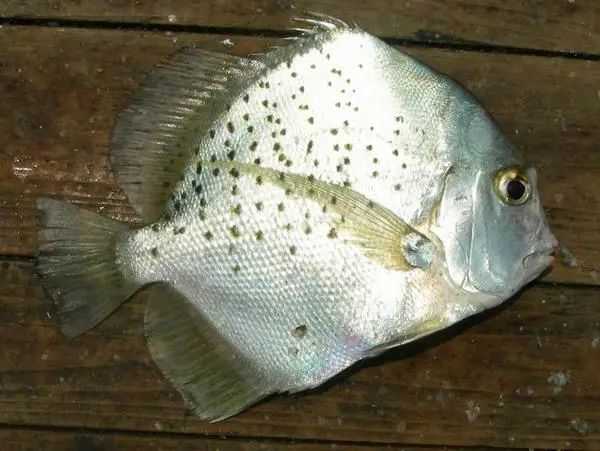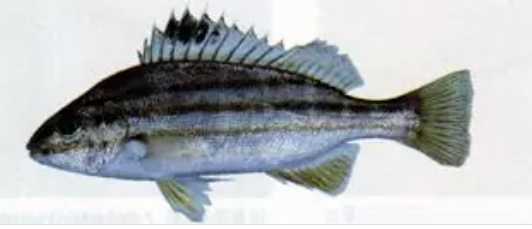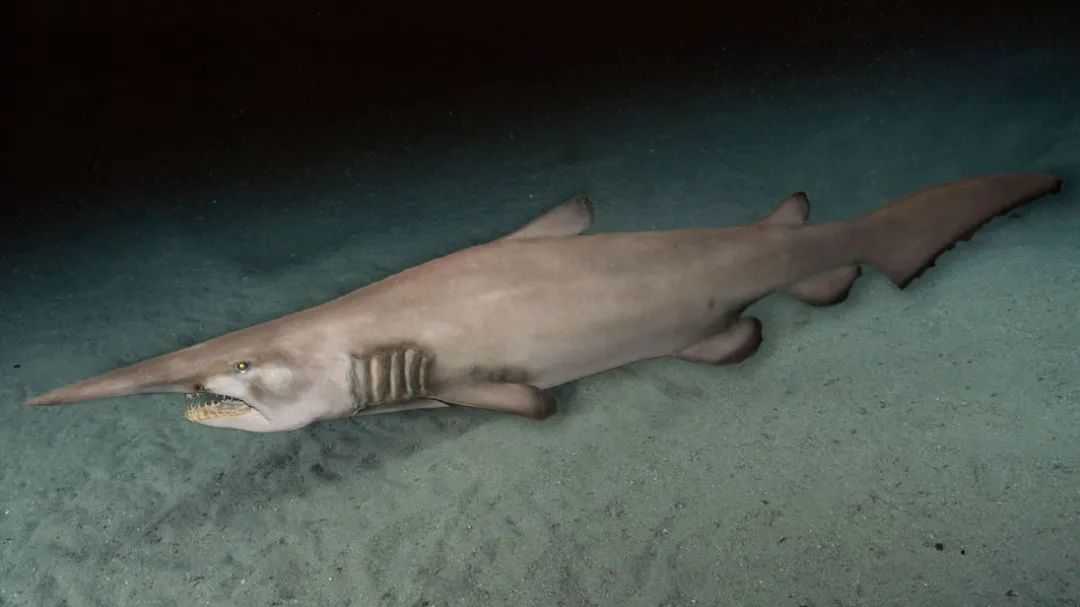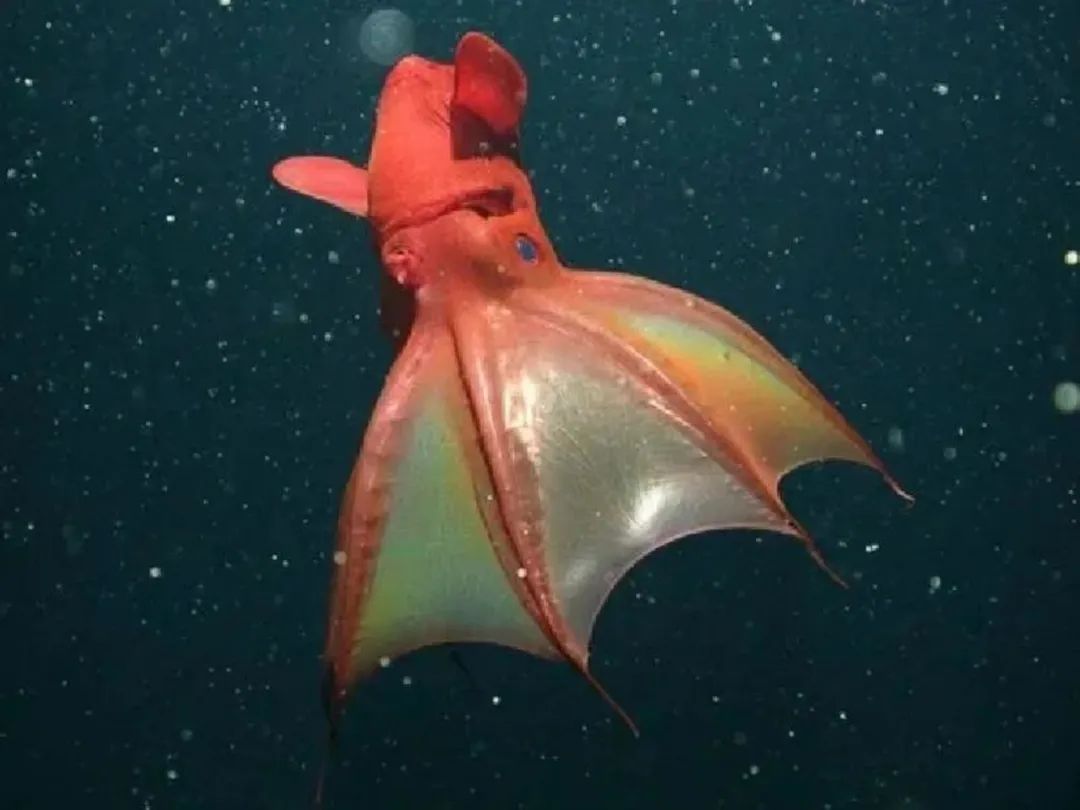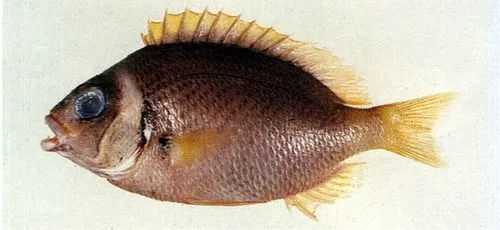Drepane punctata, commonly known as the spotted sicklefish, is a captivating species within the Drepanidae family, inhabiting the diverse coastal waters of the Indo - Pacific region. Revered for its unique appearance and ecological role, this fish has intrigued marine enthusiasts and researchers alike. Its distinct name stems from the prominent spots that adorn its body, creating a mesmerizing pattern against the backdrop of the ocean.
Drepane punctata: The Enigmatic Spotted Sicklefish of the Indo - Pacific
Drepane punctata, commonly known as the spotted sicklefish, is a captivating species within the Drepanidae family, inhabiting the diverse coastal waters of the Indo - Pacific region. Revered for its unique appearance and ecological role, this fish has intrigued marine enthusiasts and researchers alike. Its distinct name stems from the prominent spots that adorn its body, creating a mesmerizing pattern against the backdrop of the ocean.

Source: Images from the Internet, if there is any infringement, please contact the removal of
The spotted sicklefish boasts an oval - shaped, highly compressed body, with a depth often greater than its standard length. Growing up to 50 centimeters in total length, though more typically around 25 centimeters, it has a silvery - hued body, sometimes with a faint greenish tinge on its upper parts. The most striking feature is the series of 5 to 10 vertical lines of black spots on its upper body, which stand out vividly. Its long, sickle - shaped pectoral fins are another defining characteristic, extending almost to the caudal peduncle. The dorsal fin is supported by 8 to 10 spines, usually 9, and 20 - 22 soft rays, while the anal fin has 3 spines and 16 - 19 soft rays.
In its natural habitat, Drepane punctata can be found at depths ranging from 10 to 49 meters. It thrives in a variety of inshore environments, including sand or mud bottoms, coral and rock reefs, estuaries, and even harbors. This species is a versatile feeder, preying on a diet that consists mainly of invertebrates like small crustaceans and mollusks, as well as benthic fishes. By day, it may lurk in the shelter of reef crevices or near the seabed, emerging at night to hunt under the cover of darkness.
Despite its adaptability, the spotted sicklefish faces certain threats. Overfishing, driven by its popularity in the local seafood markets in some regions, has put pressure on its populations. Additionally, habitat degradation due to coastal development, pollution, and coral bleaching poses challenges to its survival. Conservation efforts, such as the establishment of marine protected areas and sustainable fishing practices, are crucial to ensure the long - term survival of this unique and important species in the Indo - Pacific's rich marine ecosystems.

